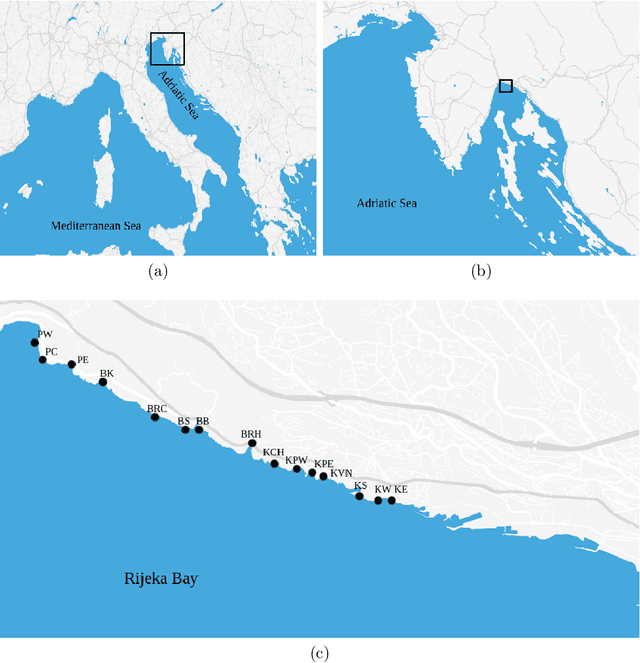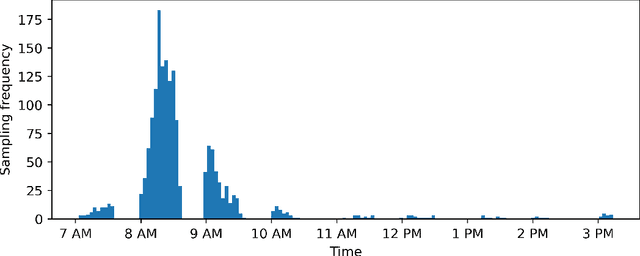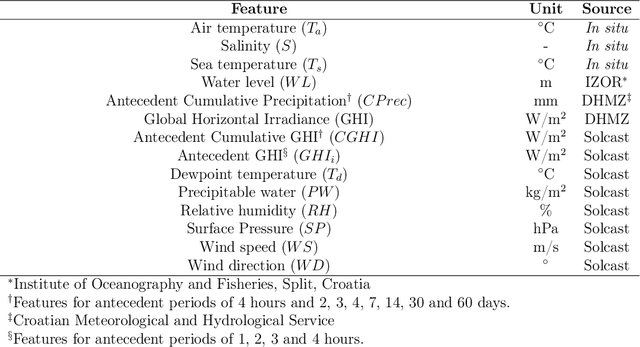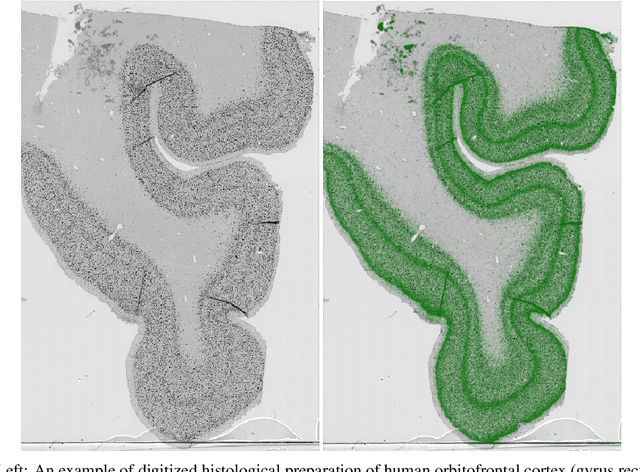Tomislav Lipić
Coastal water quality prediction based on machine learning with feature interpretation and spatio-temporal analysis
Jul 09, 2021



Abstract:Coastal water quality management is a public health concern, as poor coastal water quality can harbor pathogens that are dangerous to human health. Tourism-oriented countries need to actively monitor the condition of coastal water at tourist popular sites during the summer season. In this study, routine monitoring data of $Escherichia\ Coli$ and enterococci across 15 public beaches in the city of Rijeka, Croatia, were used to build machine learning models for predicting their levels based on environmental parameters as well as to investigate their relationships with environmental stressors. Gradient Boosting (Catboost, Xgboost), Random Forests, Support Vector Regression and Artificial Neural Networks were trained with measurements from all sampling sites and used to predict $E.\ Coli$ and enterococci values based on environmental features. The evaluation of stability and generalizability with 10-fold cross validation analysis of the machine learning models, showed that the Catboost algorithm performed best with R$^2$ values of 0.71 and 0.68 for predicting $E.\ Coli$ and enterococci, respectively, compared to other evaluated ML algorithms including Xgboost, Random Forests, Support Vector Regression and Artificial Neural Networks. We also use the SHapley Additive exPlanations technique to identify and interpret which features have the most predictive power. The results show that site salinity measured is the most important feature for forecasting both $E.\ Coli$ and enterococci levels. Finally, the spatial and temporal accuracy of both ML models were examined at sites with the lowest coastal water quality. The spatial $E. Coli$ and enterococci models achieved strong R$^2$ values of 0.85 and 0.83, while the temporal models achieved R$^2$ values of 0.74 and 0.67. The temporal model also achieved moderate R$^2$ values of 0.44 and 0.46 at a site with high coastal water quality.
Computational analysis of laminar structure of the human cortex based on local neuron features
May 03, 2019



Abstract:In this paper, we present a novel method for analysis and segmentation of laminar structure of the cortex based on tissue characteristics whose change across the gray matter facilitates distinction between cortical layers. We develop and analyze features of individual neurons to investigate changes in architectonic differentiation and present a novel high-performance, automated tree-ensemble method trained on data manually labeled by three human investigators. From the location and basic measures of neurons, more complex features are developed and used in machine learning models for automatic segmentation of cortical layers. Tree ensembles are used on data manually labeled by three human experts. The most accurate classification results were obtained by training three models separately and creating another ensemble by combining probability outputs for final neuron layer classification. Measurement of importances of developed neuron features on both global model level and individual prediction level are obtained.
 Add to Chrome
Add to Chrome Add to Firefox
Add to Firefox Add to Edge
Add to Edge